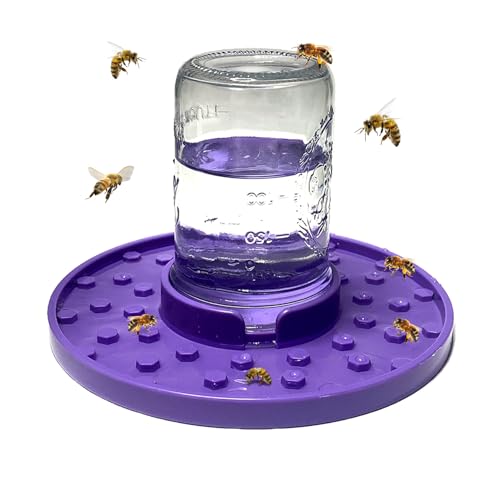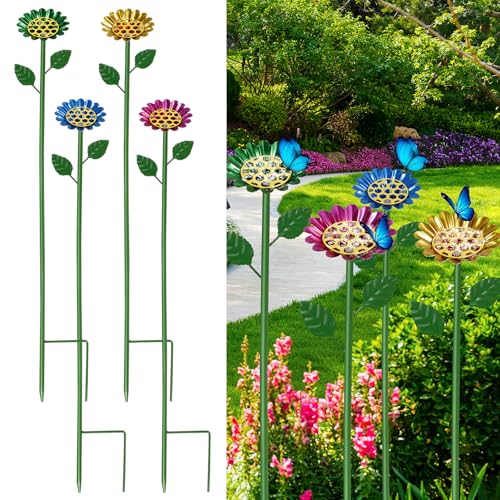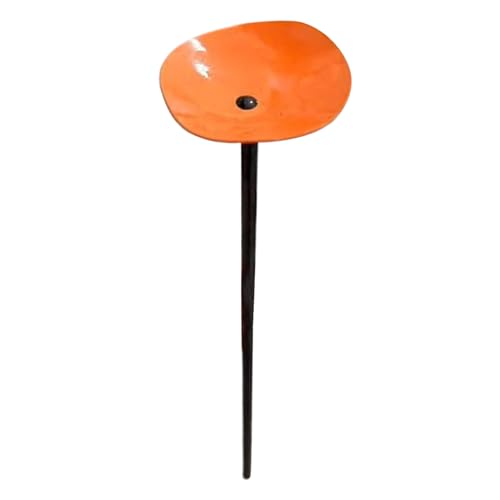I made a bee hydration station for my garden – and it's the easiest way to help pollinators in a heatwave
All it takes is a platey-bowl, some pebbles, and a little bit of magic…
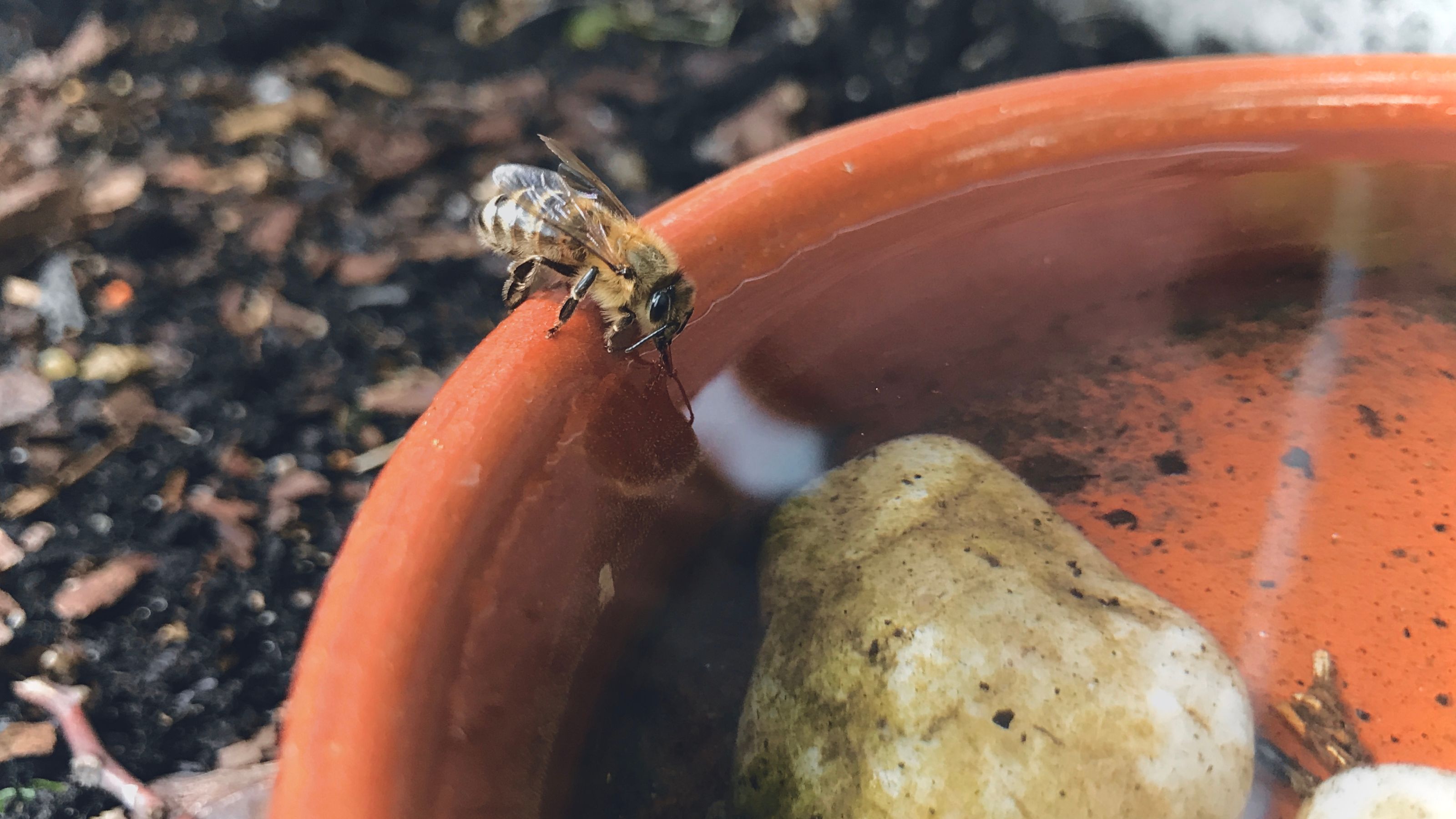

Want to do your bit to save the bees? Then you need to set up a bee water station, stat – especially as the summer stretching ahead of us looks set to bring heatwave after heatwave, with nationwide hosepipe bans thrown in for good measure.
If you’re anything like me, you’ve probably been struck by the endless stream of anxiety-inducing headlines about pollinators over the past few years. Honestly, it’s prompted me to pack my garden with bee-friendly plants wherever I can, from wildflowers to herbs.
Like most people, I’d always assumed bees could fend for themselves as long as there was enough nectar and pollen around. But when temperatures soared earlier this month and even my most drought-tolerant plants started looking parched, I realised water might be just as crucial as flowers for keeping pollinators thriving…
Why a bee water station is vital
When we think of bee garden ideas, most of us picture planting wildflowers or adding bee hotels. It turns out, though, that providing water is just as important, especially during hot spells and droughts.
'Bees need water not just to stay hydrated, but also to make food for their young and to cool their hives in summer,' explains Dr Emily Attlee, conservation scientist and co-founder of the original seed ball company, Seedball.
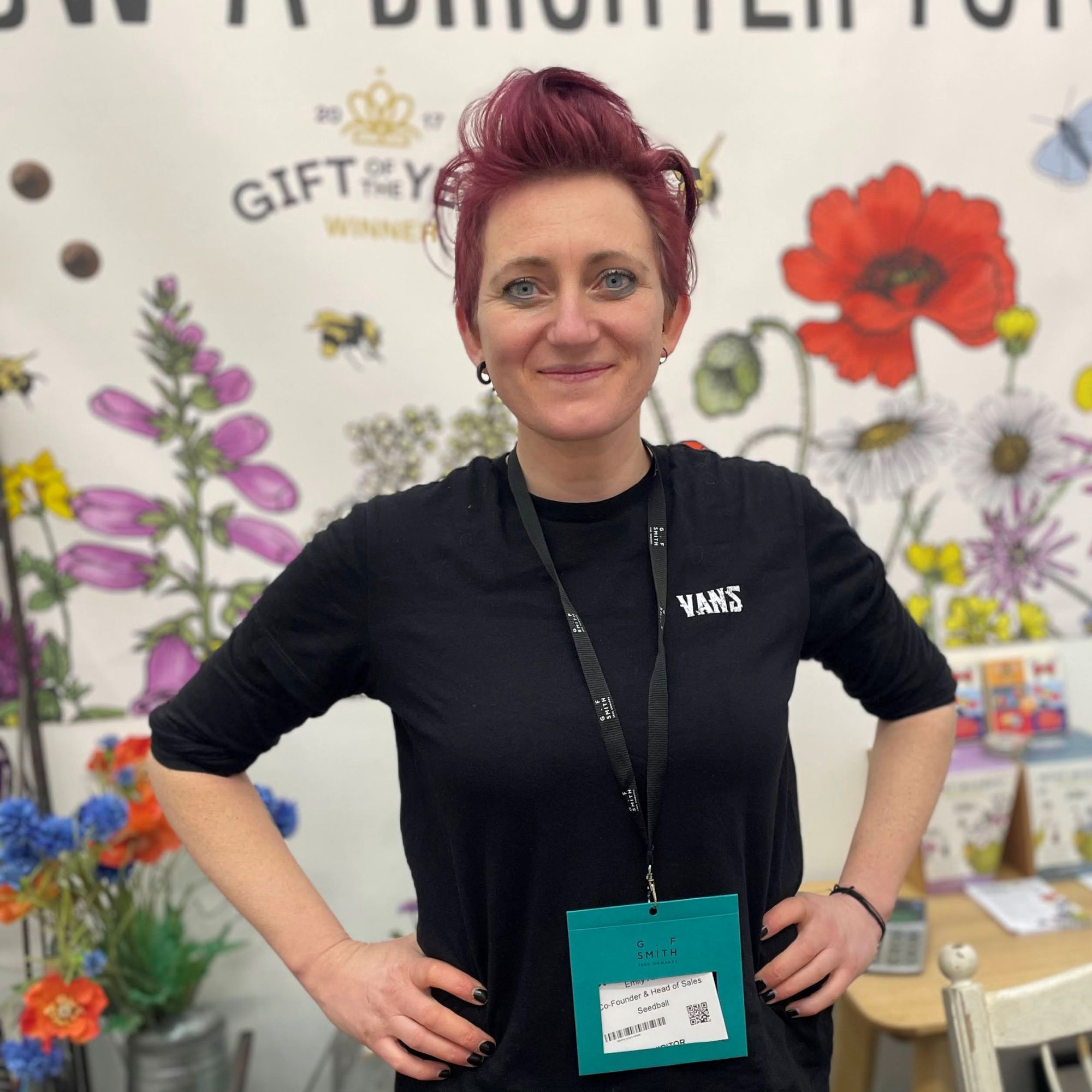
Dr Emily Attlee is a conservation scientist and, along with Dr Ana Attlee, founded Seedball, a multiple-award-winning, not-for-profit organisation. Ana and Emily’s mission is to help increase the abundance of British wildflowers and wildlife that depend upon them by encouraging people to maximise the outdoor space available to them and scatter seed balls of native flowers.
'However, it’s not as simple as installing a bird bath, as bees are tiny and can easily drown in deep water. That’s why creating a safe, shallow drinking spot with landing zones is key, especially during the summer months.'
With these words ringing in my ears, I decided to take matters into my own hands and build a simple bee hydration station for our garden out of one of those shallow platey-bowls (the kind you’d serve pasta in); luckily, we had one cheap white one with a big chip in the brim that was all but crying out for a new career away from the kitchen!
Sign up to our newsletter for style inspiration, real homes, project and garden advice and shopping know-how
It turned out to be one of the easiest and oddly satisfying garden upcycling projects I’ve ever done. All my daughter and I had to do was fill the bowl mentioned above with stones (and, in her case, a lot of mud, which I gently removed later).
Then, we poured in some water from our watering can, which had conveniently become an accidental rain harvesting tool during a recent shower. Of course, you can pick up ready-made bee hydration stations like this bottle feeder station, £14.99, from Amazon if you prefer.
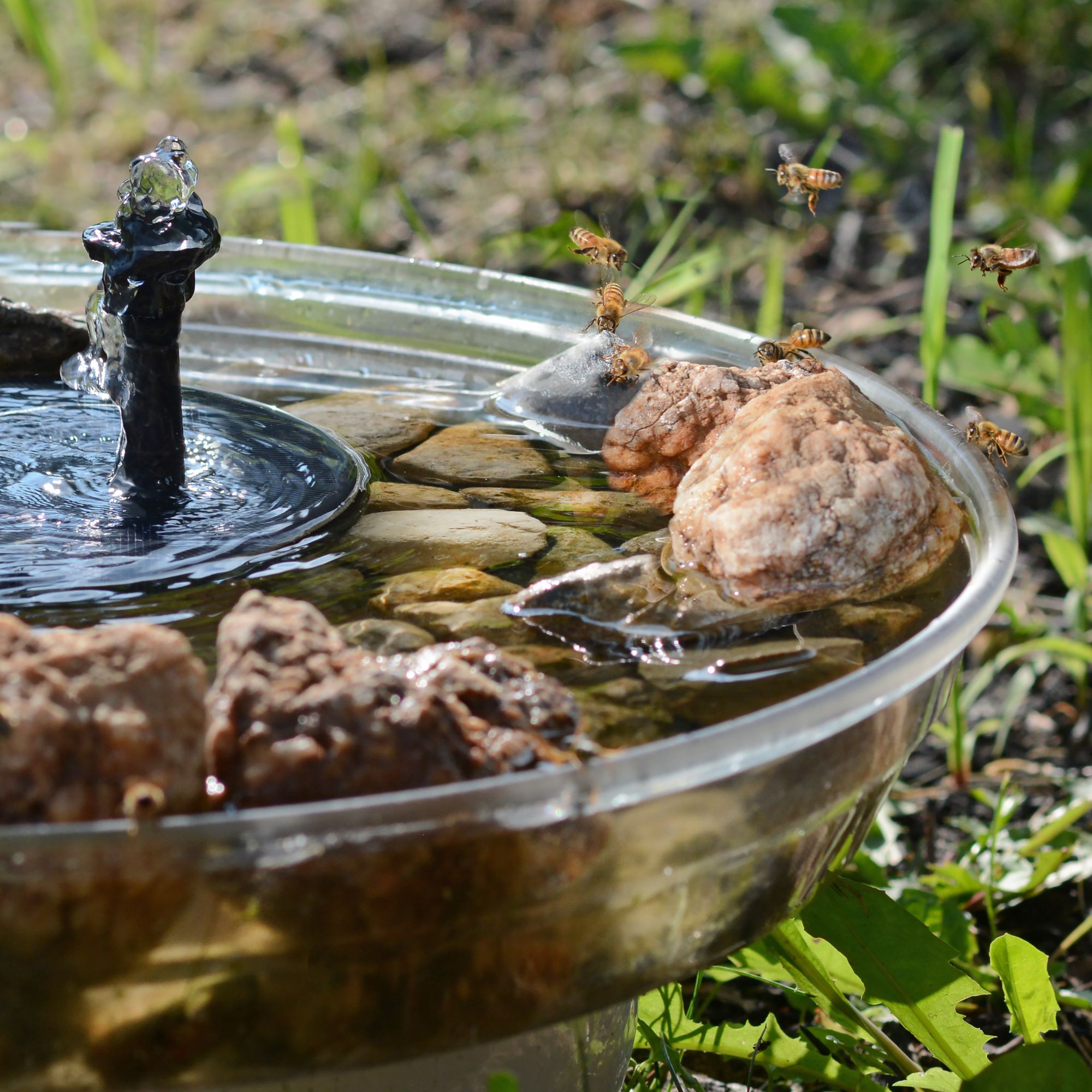
Dr Attlee says you can always swap in small pebbles for 'marbles or even glass beads – anything that creates dry landing spots above the waterline'. The aim, she adds, is to pour in 'just enough fresh water to surround (but not cover) the stones'.
'Place your finished bee hydration station in a quiet, shady or partially sunny corner of your garden, balcony, or windowsill, ideally near some flowering plants. And don’t forget to top it up and rinse it out every few days to keep the water fresh and clean,' she warns.
I tucked ours into the flower beds, close to the erysimum and other flower colours that attract bees, because that’s where I usually see them hanging out in the summer months. And it worked! Honestly, it’s been amazing to watch them land on the stones and sip away – a tiny glimpse into a part of nature I’d never really noticed before.
Shop ready-made bee watering stations
If you fancy investing in a ready-made bee watering station, there are lots of lovely ones on the market. Here are a few of my favourites.
FAQs
How do you make a bee water station?
Learning how to make a bee water station is a vital skill for anyone with a wildlife garden, as it can prove crucial for pollinators, particularly during a heatwave.
'Whilst many people think of planting wildflowers and providing homes for pollinators such as bee hotels, in times of heat and drought, a source of water can be just as important to help these much-loved creatures, and many others like butterflies, thrive,' says Vicki Hird, invertebrate expert at The Wildlife Trusts.
'Placing shallow dishes of water, or even building your own bee drinking station, in gardens, balconies and green spaces can allow for bees, butterflies and other invertebrates to get a well-needed drink,' she adds.
'Be sure to include a gentle slope and a few stones in your water dish to allow for easy access in and out of the water.'
Where is the best place to put a bee watering station?
While the best place for a bee hydration station is (obviously) close to some pollinator-friendly plants, this doesn't mean you have to have a garden. Indeed, Seedball's Dr Emily Attlee is keen to stress that balconies, patios, or even window boxes can host mini bee hydration stations.
'No garden? No worries! Bee hydration stations work brilliantly in smaller spaces like balconies, patios, or even window boxes,' she says.
'Pop a mini version into a plant pot, on a railing, or nestled among your herbs and flowers. A small effort can make a big difference to thirsty pollinators.'
I know, I know; a bee hydration station might seem like a tiny gesture, but it really can make a difference to some of our tiniest garden friends. In fact, with climate change bringing longer, hotter summers, something as simple as this DIY project can help keep our local pollinators buzzing.
Honestly, it's the kind of thing that takes minutes (even with the dubious help of an overenthusiastic three-year-old), costs nothing if you use bits you already have at home, and offers a front-row seat to one of nature’s busiest, and most important, workers.
Just be prepared to top it up often – especially if the sun’s blazing! Once your little pals get used to having it there, they'll be swinging by their favourite watering hole on the regular...

Kayleigh Dray became Ideal Home’s Acting Content Editor in the spring of 2023, and is very excited to get to work. She joins the team after a decade-long career working as a journalist and editor across a number of leading lifestyle brands, both in-house and as a freelancer.
You must confirm your public display name before commenting
Please logout and then login again, you will then be prompted to enter your display name.
